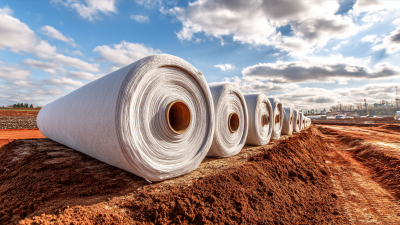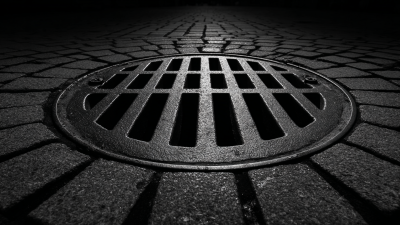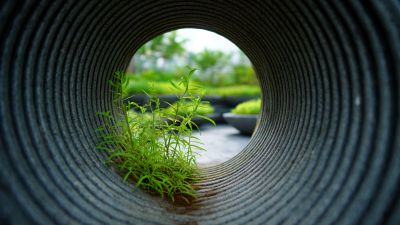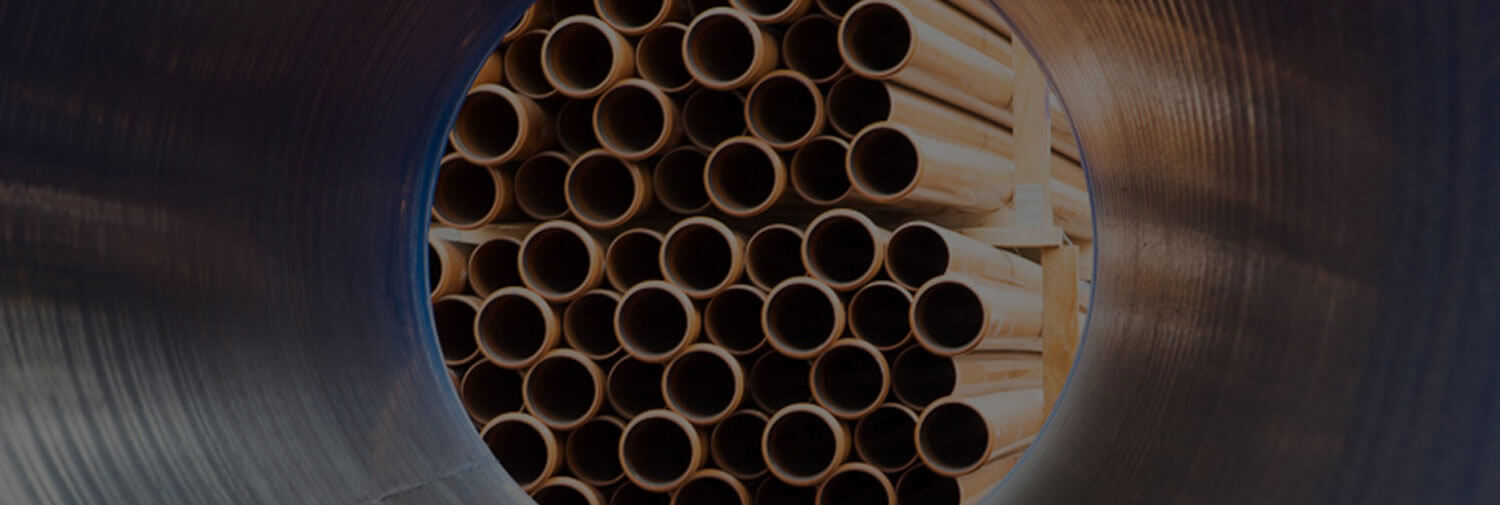

 The evolution of manhole covers from mere utility objects to vibrant urban art installations reflects a significant shift in urban design and public engagement. According to a report by the American Society of Civil Engineers (ASCE), there are approximately 24 million manhole covers in the United States alone, showcasing the immense scale of these often-overlooked infrastructure components. Traditionally designed for functionality and durability, manhole covers have now begun to double as canvases for artistic expression in cities around the world. This transformation not only enhances the aesthetic appeal of urban environments but also fosters community identity and encourages local artists. In fact, city initiatives to incorporate art into public spaces can lead to increased tourism and localized economic growth, as highlighted by a study from the National Endowment for the Arts. As we delve into the journey of the manhole cover, we uncover the fascinating intersection of engineering, art, and community connectivity that defines modern urban landscapes.
The evolution of manhole covers from mere utility objects to vibrant urban art installations reflects a significant shift in urban design and public engagement. According to a report by the American Society of Civil Engineers (ASCE), there are approximately 24 million manhole covers in the United States alone, showcasing the immense scale of these often-overlooked infrastructure components. Traditionally designed for functionality and durability, manhole covers have now begun to double as canvases for artistic expression in cities around the world. This transformation not only enhances the aesthetic appeal of urban environments but also fosters community identity and encourages local artists. In fact, city initiatives to incorporate art into public spaces can lead to increased tourism and localized economic growth, as highlighted by a study from the National Endowment for the Arts. As we delve into the journey of the manhole cover, we uncover the fascinating intersection of engineering, art, and community connectivity that defines modern urban landscapes.
The historical significance of manhole covers in urban infrastructure has evolved significantly, transcending their basic utility to become symbols of cultural identity and artistic expression. Once merely functional, these structures are now celebrated for their design and the stories they narrate about the cities they inhabit. Recent campaigns, particularly in Japan, have placed emphasis on transforming manhole covers into vibrant artworks, highlighting notable figures from various fields, such as sports. This move not only beautifies urban landscapes but also contributes to tourism, as unique designs attract visitors eager to experience local culture.
In addition to enhancing aesthetic appeal, manhole covers play a crucial role in ensuring public safety and effective urban management. For instance, a recent study indicated that cities that invest in high-quality, custom-designed manhole covers see a significant reduction in vandalism and theft. The cost savings from reduced replacements are notable; in South Africa, cities reportedly spend millions annually on replacing stolen covers, underscoring the economic impact of these utilities.
**Tips:** To enhance urban infrastructure and encourage community pride, consider advocating for unique designs in your locality. Engaging local artists can turn routine maintenance into opportunities for cultural expression. Also, promoting awareness about the importance of manhole safety can lead to lower rates of vandalism, preserving both functionality and aesthetics.
| Time Period | Design Features | Primary Materials | Cultural Significance | Examples of Urban Art |
|---|---|---|---|---|
| 19th Century | Simple round shapes with manufacturer logos | Cast iron | Supporting urban growth and infrastructure | N/A |
| 20th Century | Increased decorative elements, geometric patterns | Reinforced concrete, steel | Reflecting community identity | Art installations in cities |
| 21st Century | Creative designs, incorporation of local art | Composite materials, decorative tiles | Promoting local artists, beautifying urban spaces | Collaborations with street artists |
The design and functionality of manhole covers have undergone significant technological advancements over the years, transitioning from simple, utilitarian objects to sophisticated urban elements. Historically, manhole covers were predominantly made from cast iron, which provided durability but lacked innovation. According to a recent report by the American Concrete Institute, approximately 30% of urban infrastructure is comprised of aging cast iron covers, emphasizing the need for modern materials that enhance both safety and aesthetics. Today, manufacturers are increasingly using composite materials and advanced polymers, which not only reduce the weight of covers but also improve their resistance to corrosion and cracking.
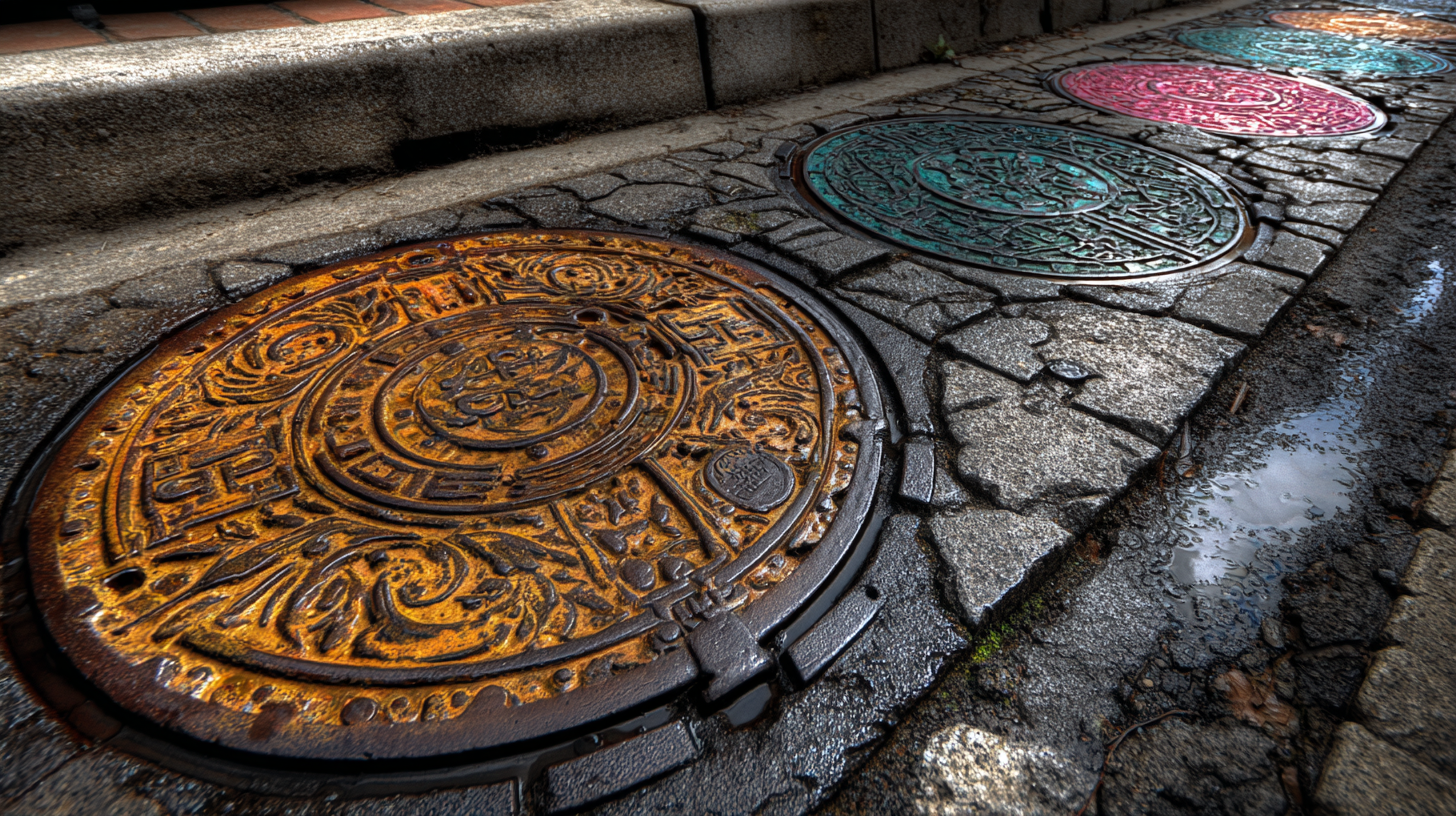
Innovative designs are also enhancing security and usability. Many urban areas are now implementing smart manhole covers embedded with sensors that detect structural integrity issues and environmental changes. A study by the International Society for Urban Infrastructure indicates that cities deploying smart monitoring systems on manhole covers can reduce maintenance costs by up to 40%. Additionally, the integration of artistic elements into manhole cover designs supports community identity while still meeting functional requirements. This blend of technology and artistry is transforming urban landscapes, demonstrating that even the most functional items can evolve into significant facets of city life.
Manhole covers have long been regarded as mere functional elements in urban infrastructure, often overlooked in favor of more immediately appealing architectural features. However, in recent years, a remarkable transformation has occurred, leading to the rise of artistic manhole cover designs that have turned these once drab utilities into vibrant pieces of urban art. Artists and community designers are now collaborating to create unique manhole covers that reflect the culture and history of their neighborhoods, fostering a sense of pride and identity among residents.
The shift from practicality to artistry has not only beautified city streets but has also raised awareness about the importance of public art. These innovative designs range from colorful mosaics to intricate engravings, each telling a story or celebrating local heritage. Cities across the globe are embracing this trend, recognizing that engaging art can enhance the urban landscape and invite communities to appreciate the often-invisible elements of city planning. The evolution of manhole covers illustrates how even the most mundane objects can inspire creativity and encourage a deeper connection to the urban environment.
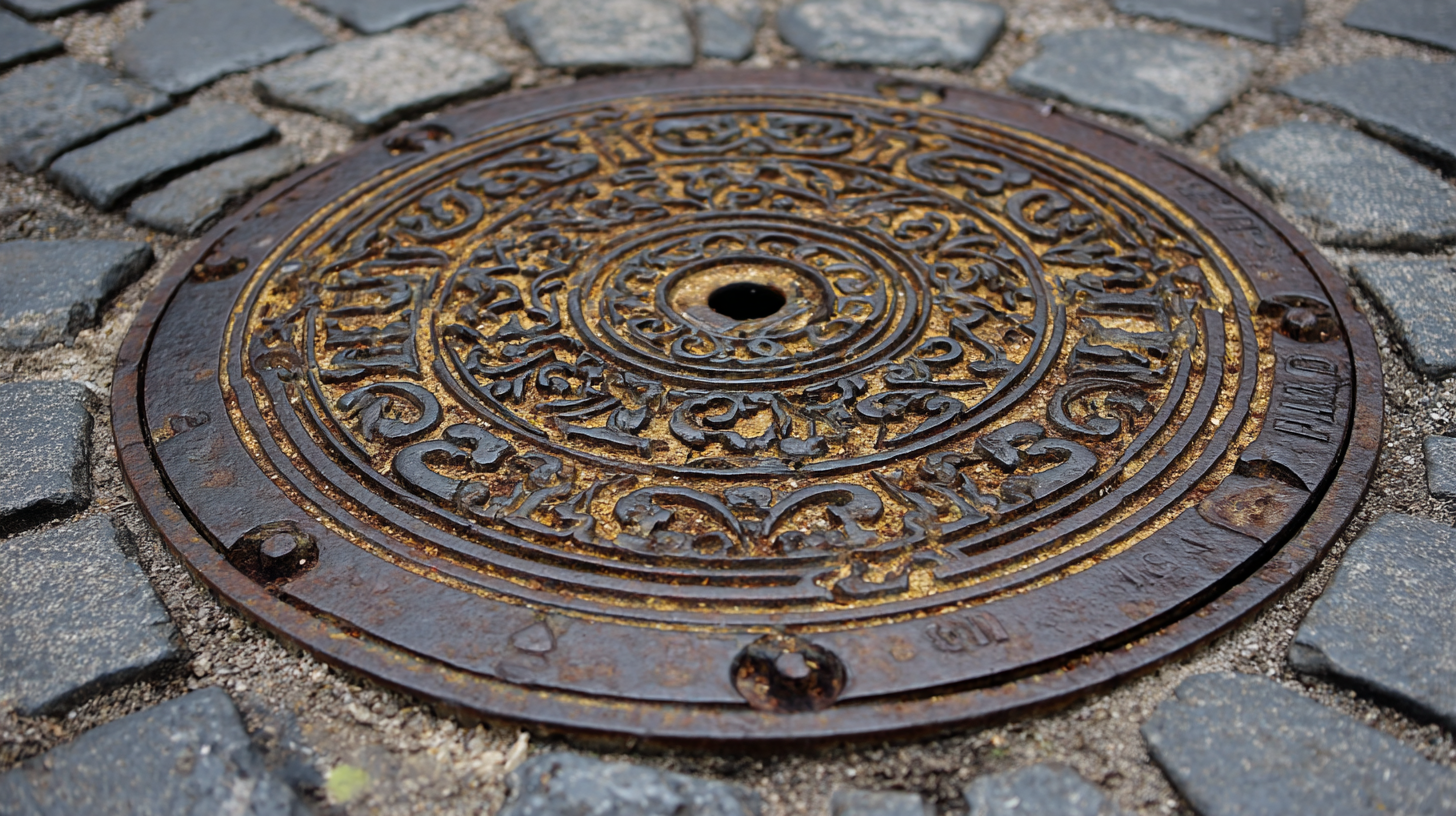
The transformation of manhole covers from mere utilities to striking urban art pieces illustrates a fascinating evolution in public spaces. In cities around the globe, these once-overlooked structures have been reimagined, turning into canvases that reflect local culture, history, and creativity. Iconic installations, such as those crafted in metropolitan areas, showcase intricate designs that not only serve practical purposes but also enhance the aesthetic appeal of neighborhoods. These artistic interpretations invite residents and visitors alike to appreciate their surroundings in a new light, fostering a sense of community identity.
Case studies of successful manhole cover art installations reveal the potential of collaborative public art initiatives. Engaging local artists, city planners, and communities, these projects often culminate in unique designs that tell stories of the area’s heritage and aspirations. The impact of these installations can be profound, merging functionality with creativity and transforming ordinary streets into dynamic urban galleries. By elevating everyday objects into symbols of pride, cities can cultivate an engaging urban landscape that celebrates both art and community spirit.
This chart illustrates the evolution of manhole cover designs over the years, highlighting the shift from purely functional designs to artistic expressions in urban environments. The data reflects the number of manhole covers categorized by design type from 2000 to 2023.
The transformation of manhole covers from simple utility objects to artistic expressions highlights the significant role local artists play in influencing their designs. In various cities, community engagement has become pivotal in reimagining these functional items. Artists often collaborate with local governments and community organizations to create designs that reflect the unique culture and history of the area. This initiative not only beautifies the urban landscape but also instills a sense of pride among residents, as they see their community represented in unexpected places.
Moreover, artist-designed manhole covers serve as conversation starters and educational tools, prompting discussions about city culture, sustainability, and public space utilization. Workshops and community meetings allow residents to contribute ideas and feedback, ensuring that the final designs resonate with the local populace. This inclusive approach fosters a sense of ownership and encourages community members to view their environment through a creative lens, further enriching urban life. By bridging the gap between art and utility, local artists transform everyday infrastructure into meaningful urban art installations that celebrate community identity.
